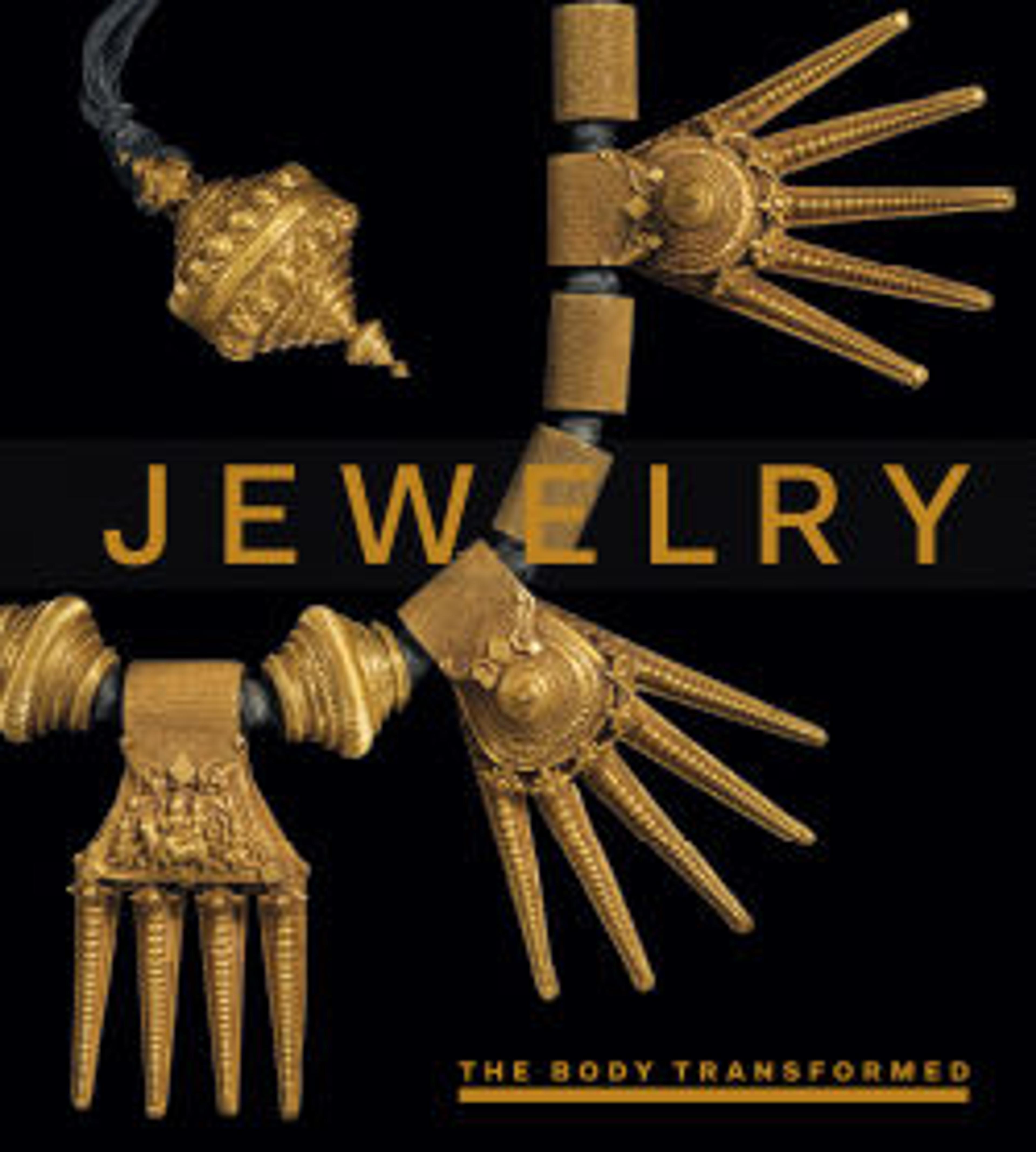Earring
These earrings (MMA 33.35.45 and MMA 33.35.46) come from the so-called Great Death Pit, which was probably part of a royal tomb with an almost totally destroyed stone chamber. Laid out in the pit were the bodies of six armed men and sixty-eight people thought to be women or young girls, all adorned with the most splendid jewelry made of gold, lapis lazuli, and carnelian.
The earrings are typical of those from the royal tombs. Made from two pieces of gold sheet, each is shaped like a hollow crescent or open boat with raised ends. The crescents were shaped over a bitumen core. Woolley identified these objects as earrings because they were regularly found in pairs beside the skull. He suggested that the pin could have passed through the lobe of the ear. Another possibility, however, is that they hung beside the ear but were attached to a headdress.
The earrings are typical of those from the royal tombs. Made from two pieces of gold sheet, each is shaped like a hollow crescent or open boat with raised ends. The crescents were shaped over a bitumen core. Woolley identified these objects as earrings because they were regularly found in pairs beside the skull. He suggested that the pin could have passed through the lobe of the ear. Another possibility, however, is that they hung beside the ear but were attached to a headdress.
Artwork Details
- Title:Earring
- Period:Early Dynastic IIIa
- Date:ca. 2600–2500 BCE
- Geography:Mesopotamia, Ur (modern Tell al-Muqayyar)
- Culture:Sumerian
- Medium:Gold
- Dimensions:3 1/16 × 3 1/8 × 1 5/16 in. (7.7 × 7.9 × 3.3 cm)
- Credit Line:Dodge Fund, 1933
- Object Number:33.35.45
- Curatorial Department: Ancient West Asian Art
More Artwork
Research Resources
The Met provides unparalleled resources for research and welcomes an international community of students and scholars. The Met's Open Access API is where creators and researchers can connect to the The Met collection. Open Access data and public domain images are available for unrestricted commercial and noncommercial use without permission or fee.
To request images under copyright and other restrictions, please use this Image Request form.
Feedback
We continue to research and examine historical and cultural context for objects in The Met collection. If you have comments or questions about this object record, please contact us using the form below. The Museum looks forward to receiving your comments.
